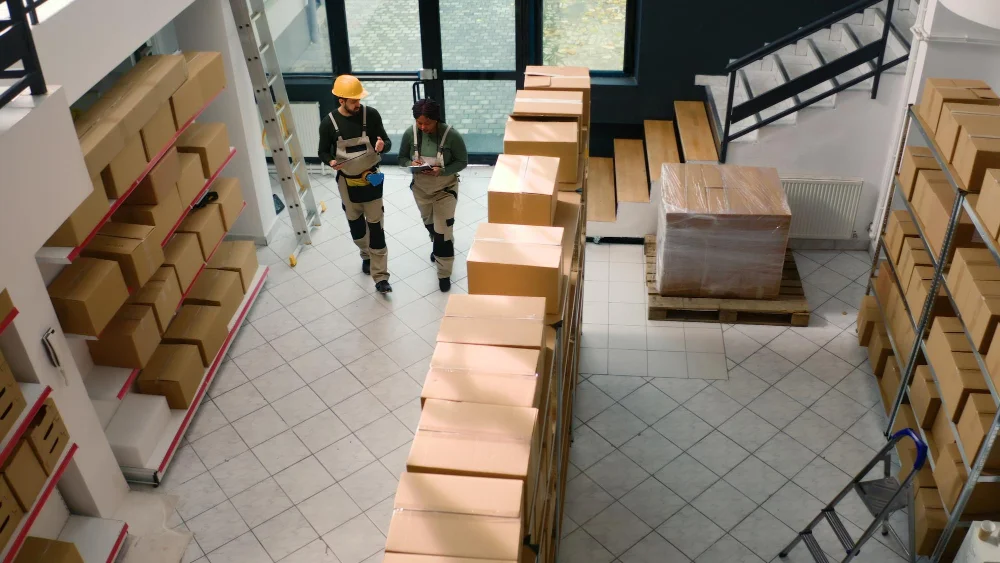The Customs Trade Partnership Against Terrorism, or CTPAT, is a supply chain security program led by U.S. Customs and Border Protection to ensure the international supply chain and promote secure trade. Ensuring your staff is trained on CTPAT standards is critical if your company is an international trader. Alignment of operations with these standards positions businesses both to heighten security but also as credible trade partners. Here is how you can train your team with respect to CTPAT standards under a structured CTPAT training course.
ALSO READ: Pro-Bondo Consulting – Unlock Professional Help Without the Cost
Importance of CTPAT
Begin with introducing the CTPAT program and why it matters. Elaborate on how CTPAT secures the international supply chain, minimizing security threats. You may emphasize how complying with the standards of CTPAT works to the advantage of the organization by minimizing inspection delays, enhancing reputation, and sustaining operational efficiency. The “why” about CTPAT will solidify a firm foundation, and the team members will participate very actively in the training.
Using a CTPAT Training Course
One of the best ways to train your team on the CTPAT standards is through an intensive CTPAT training course. Such courses would cover the essential areas in supply chain security, risk assessments, and compliance measures. A CTPAT training course would ensure that every employee gains the needed knowledge and skills because it is a structured curriculum. Look for courses that are interactive, include real-world scenarios, and provide quizzes or assessments to gauge retention.
Consider online CTPAT courses that will give you flexibility and allow your staff to learn at their own comfort. Whichever mode of training you have selected-in-class or online-it must always cover all aspects of the requirements for CTPAT: access control, personnel security, container security, and keeping of records protocols.
Customizing Training Based on Roles
Different people in the team perform different tasks, especially for supply chain security. To make the training more applicable, tailor it to specific roles. For example:
Warehouse Staff: Cargo and container inspection, reporting suspicious behavior, proper protocols during loading/unloading.
Logistics and Transportation Teams: Road route planning, general security during on-road operations, secure handoff.
Management and Compliance Officers: Address broader topics such as risk assessment, supply chain mapping, and compliance reporting.
Tailoring the content material according to role would allow that every member of the team knows what it means in terms of his/her role to become more likely to retain and apply what he or she learns.
Practical Cases and Hands-on Exercise
CTPAT training should consist of practical scenarios and hands-on exercises by which the employees would fully understand how to apply their knowledge to real-life cases. Such role-playing exercises are a great simulation of security threats, teaching the staff on appropriate ways of handling certain events.
For instance, you could set up a mock cargo inspection, where team members are required to spot potential tampering, assess the risk, and then follow the reporting procedures. Real-life case studies are integrated into the training, which helps reinforce CTPAT standards.
Fostering a Culture of Continuous Improvement and Vigilance
It is not a once-and-done certification in CTPAT but an ongoing commitment. As the nature of threats to supply chains changes, so do the measures of security within your company. The employees need to be constantly reminded to stay alert and find means to enhance the process. Plan refresher courses, quarterly meetings, or workshops to keep everyone abreast of what is currently going on within CTPAT compliance.
Promote the culture of a security-conscience work environment to enforce the daily operations with strict adherence to the standard required by CTPAT. Encourage team members to report any odd activities and ensure they are not punished, and reward employees for making extra efforts in security-related processes.
Monitoring and Evaluation of Training Effectiveness
Monitoring and evaluation of the effectiveness of the training program is also an important part of CTPAT training. This may be done through post-training quizzes, tests, or interactive assessment to ensure that the knowledge remains acquired. Ensure the employees are applying principles of CTPAT in their job and whether the measures are implemented at the organizations’ security levels.
Knowledge and compliance gaps can also be established by carrying out periodic audits or mock drills. The number of security incidents reported, compliance rates of employees, and risk assessment scores will indicate areas that perhaps need more attention in training sessions.
Allowing Access and Maintenance of Resource and Support Systems
After the first CTPAT training program, ensure that your team has continued access to resources. Develop and maintain a repository of training materials in the form of instructional videos, guidelines, and manuals to be readily accessible to employees. A direct line of communication- an internal chat group or email is also advisable for CTPAT-related questions or concerns.
Provide your team with consistent access to CTPAT resources so the information they learned is reinforced, encouraging a proactive stance toward security.
Utilize Feedback for Continuous Improvement
Take feedback from your team after conducting the training – what worked and what did not work, and the areas for improvement. Ask how clear the material was, how engaging, and what difficulties they met along the way. Feedback is extremely important for fine-tuning the CTPAT Training course that ensures it aligns with organizational needs.
This will entail enhancing the training in light of your feedback and the current challenges of security to make sure that your team is ever prepared for the security threats.
Final thoughts
An effective CTPAT training course needs to be undertaken by any company doing international trade. Ensuring that your team is armed with all knowledge on CTPAT standards will help protect your supply chain but, at the same time, enhance the reputation of your company while minimizing risk. You set up a secure, compliant work environment that underlies your CTPAT certification by customized training, hands-on exercises, and commitment to improve. Remember that the security of a supply chain is a collective effort: every employee contributes uniquely to maintaining the safety and efficiency of operations.







